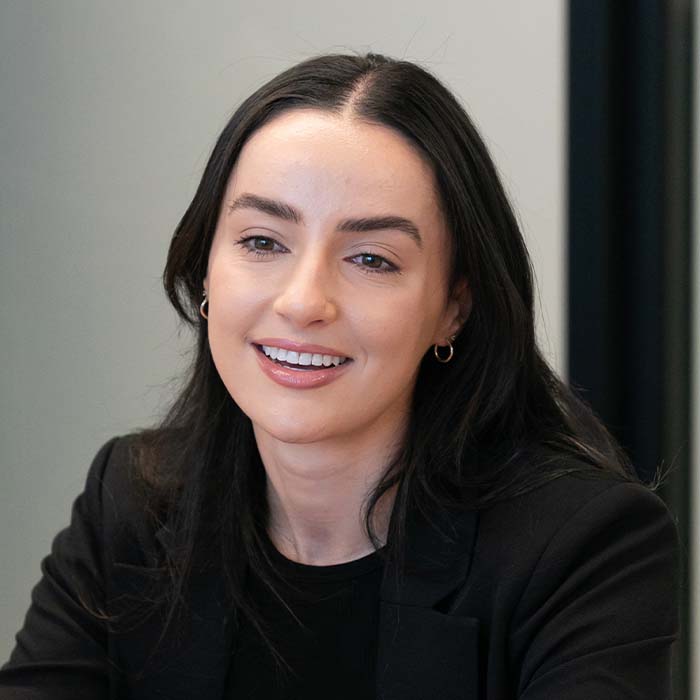Reflections on the pandemic and lessons learned
COVID-19 provided arguably the greatest shock to working practice in generations and it is clear that there will be no full-scale return to pre-pandemic norms. There are plenty of positive consequences but working through the ramifications remains a work in progress.
ZHANG Going into COVID-19 was very difficult. I had one year with many opportunities to travel and to network then, when COVID-19 happened, it felt like a lot was taken away very early on. I had just started in a new team so as well as working from home I had to learn a new role and create relationships with my new colleagues. It was made even more challenging because I was living in Melbourne, which had a longer lockdown than Sydney.
This said, we have reached a place where teams can choose to work in the way that suits them, and I think it’s fair to say that this may not have been possible before the pandemic.
My team typically works one day a week from home. From a learning and development perspective, it definitely helps to be in the office and therefore to have conversations with team leaders. Nevertheless, adjusting to such different environments was a valuable learning experience.
TRIGONA This is where I think proactive leadership is important. Throughout COVID-19, I made sure I connected with my team daily so everyone was engaged and aware of what everyone else was doing. It was also important to ensure that no-one felt alone and isolated. Inclusion is relevant – ensuring everyone felt included all the time.
We have kept this inclusive environment to the fore after COVID-19. This is important as well, to Lia’s point, because no-one wants to be in a situation where they feel alone or that they cannot connect with people. Most leaders should be Continually working in this way to ensure their team members are still connected, wherever they are working from.
GREENBERG We took a similar approach. Pre-COVID-19, we had a weekly meeting that was really a laundry list of tasks to do rather than an opportunity to seek engagement from all participants.
During COVID-19, we implemented a daily call – the objective of which was to ensure that everybody had the chance to talk and felt part of something. The daily call was much shorter but, with a new team incorporating some new team members, it was important to ensure everybody felt welcome.
This has continued since the pandemic, with the approach and objectives refined again. We have a daily meeting that people join from home or office. Everybody links in, but with the benefit of being able to read any hesitancy and follow up later, if necessary, with a one-on-one.
CHAPPELL We continued with regular team calls and in addition everybody phoned someone else daily. As a leader, whenever I called a team member the first thing I would ask is who that person had called that day. If they hadn’t called anyone, I would check back later to make sure they had. Our objective was to make everyone connected.
VENKATESAN We had an executive meeting every Friday at 4pm and we would invite at least two or three new joiners to this meeting. Afterwards we would play an online game, and we would send whoever won that day their favourite drink. It made participation a lot more fun and less imposing as it was less formal.
CAKAROVSKA The point about proactive leadership is crucial. Most of the time, the onus is on newer or more junior team members to be proactive – to make themselves known, and to access development opportunities and career progression. It would be great if this was more of a two-way street.
TRIGONA It is very hard for a new employee to take this leap. I have always reached out to new employees to say ‘ring me any time’ to break down the barrier.
GREENBERG I completely agree that the onus to engage should not rest only with the younger employee. We need to create an inclusive, safe environment for everybody.
YETSENGA To consider the other side of the coin, one of the challenges here is that there is an inequality issue. There are certain occupations in which flexibility regarding working location is a nonstarter, and these people can feel uncomfortable that other parts of the workforce have gained flexibility and are saying they won’t give it back.
It may take us some time to work out the right balance. Perhaps when the labour market is less tight there will be some recalibration to find an equilibrium. The idea that we all trek back and forth into the CBD five days a week is a 120-year-old story, though – so why wouldn’t getting some balance be optimal over time?





